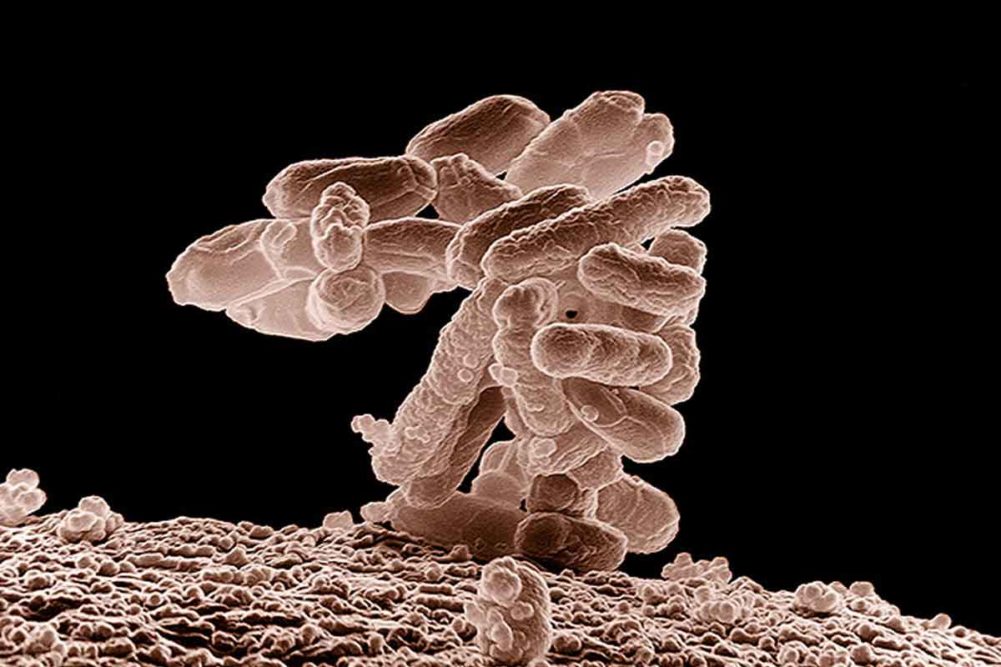WASHINGTON – Scientists with the Agricultural Research Service (ARS) of the US Department of Agriculture (USDA) studied the DNA of a specific population of E. coli O157:H7 to better equip outbreak investigators with information that can aid traceback efforts. The findings were recently published in GMC Genomics.
Scientists analyzed samples collected from the Clay Center, Neb.-based US Meat Animal Research Center’s (USMARC) closed cattle feedlot from 1997 to 2019 and studied the genetic composition of various strains of E. coli O157:H7 found in the samples. The scientists identified four unique groups of organisms that share specific characteristics. The groups shared a portion of their genetic composition, but also contained unique elements that can be shared, called mobile elements, ARS said.
“Looking only at the core elements of the genetic sequences may not tell the complete story about where the bacteria came from,” said Jim Bono, a USMARC research microbiologist. ʺWe noticed that bacteria were able to exchange mobile elements in their genome over time. Some of these elements stayed in all strains and became part of the core sequence of that specific bacterium’s DNA. Interpretation of these mobile elements’ role during an outbreak investigation can help identify relatedness between human and environmental isolates of this bacteria.”
E. coli O157:H7 is a source of concern for public health due to its association with foodborne illness. The pathogen can cause severe illness or even death.
ʺThe samples used in this research gave us a unique opportunity to study the genomes of a specific population of E. coli O157:H7 in their natural environment,” said Maggie Weinroth, a computational biologist with the Poultry Microbiological Safety and Processing Research Unit in Athens, Ga., who worked at USMARC at the time of this research. ʺThe USMARC feedlot has been closed to any introduction of cattle, except those raised in the Center. This means that the E. coli strains have not been influenced by cattle from other locations for 23 years, allowing us to focus on changes in the bacteria genomes as they evolved over those years.”
The research was funded by USDA-ARS and a grant from the Beef Checkoff funded and administered by the Foundation for Meat and Poultry Research and Education.

